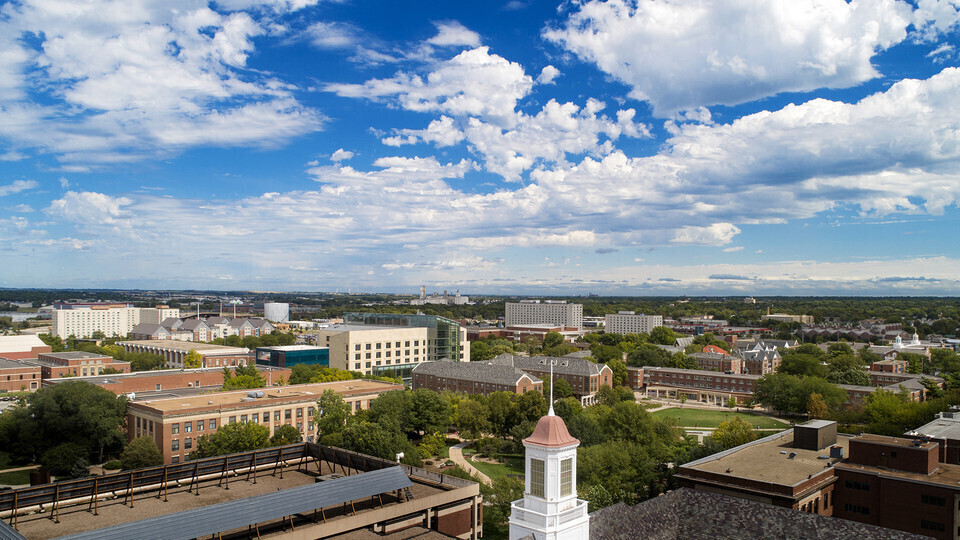
The University of Nebraska–Lincoln’s multi-layered strategy to limit spread of COVID-19 on campus has expanded to include a third round of re-entry testing and a potential shift to random mitigation sampling.
Announced by Chancellor Ronnie Green in a Feb. 3 email to campus, the testing updates allow the university to provide requested data to the Lincoln-Lancaster County Health Department and enhances the ability to isolate and mitigate spread, particularly for asymptomatic cases.
“As we have consistently done, we will stay flexible to adapt to changing conditions,” Green said. “This pandemic has been, and continues to be, unpredictable. The safety of our community will always be our first priority.
“Your continued dedication to keeping our campus safe is the reason for our success.”
Through the start of the spring semester, the university’s COVID-19 positivity rate from both its re-entry saliva tests and symptomatic nasal tests remains low. In the first week of the semester, the positivity rate was .92 percent. It declined to .71 percent for the week that ended Jan. 30. A complete overview of testing totals and positivity rate is available on the university’s COVID-19 Dashboard.
Unless they have an exemption, all students, instructors and staff who are on campus in the spring semester must complete three if the saliva-based COVID-19 re-entry tests to maintain access to university buildings and avoid potential disciplinary action.
The second and third tests should be completed between six and 10 days after the previous test. An appointment for the saliva-based testing program should be scheduled (either via the Safer Community app or — for those who do not have smartphones — the COVID-19 Testing Portal) at least 24 hours prior to the 10-day deadline. For instance, if the app shows a testing deadline of Feb. 10, the test should be scheduled by Feb. 9 to allow results to post to the app by the next day.
Within one day of receiving a third test result, the Safer Community app and testing portal should show that individual testing is complete and no future tests are needed (at that time). The prompt may not appear if an individual has registered two tests less than five days apart. In that event, a fourth test will be necessary to complete the re-entry testing protocol.
“If our positivity rates remain low in this third round of testing, and we don’t see unexpected spikes or outbreaks of COVID cases in our community, we will then move to random mitigation testing,” Green said.
A random mitigation testing strategy will (at a regular interval, possibly weekly) arbitrarily select members of the campus community to participate in the saliva-based testing. Data collected will be used to gauge transmission and asymptomatic spread among students, instructors and staff who are attending classes, teaching and working on campus.
An update on the next steps of the university’s COVID-19 testing protocols will be announced the week of Feb. 15.
Green also stressed that campus continue to use the Safer Community app and follow prompts within as the semester progresses.
“We are proud to have been able to safely lead the Big Ten in our level of in-person education,” Green said. “Our spring testing protocols are designed to enable us to continue to allow for this critical educational interaction and provide for the fullest possible research, creative activity and engagement.”
Learn more about the university’s ongoing response to COVID-19.
More details at: https://news.unl.edu/newsrooms/today/article/covid-19-re-entry-testing-expands-to-third-round/